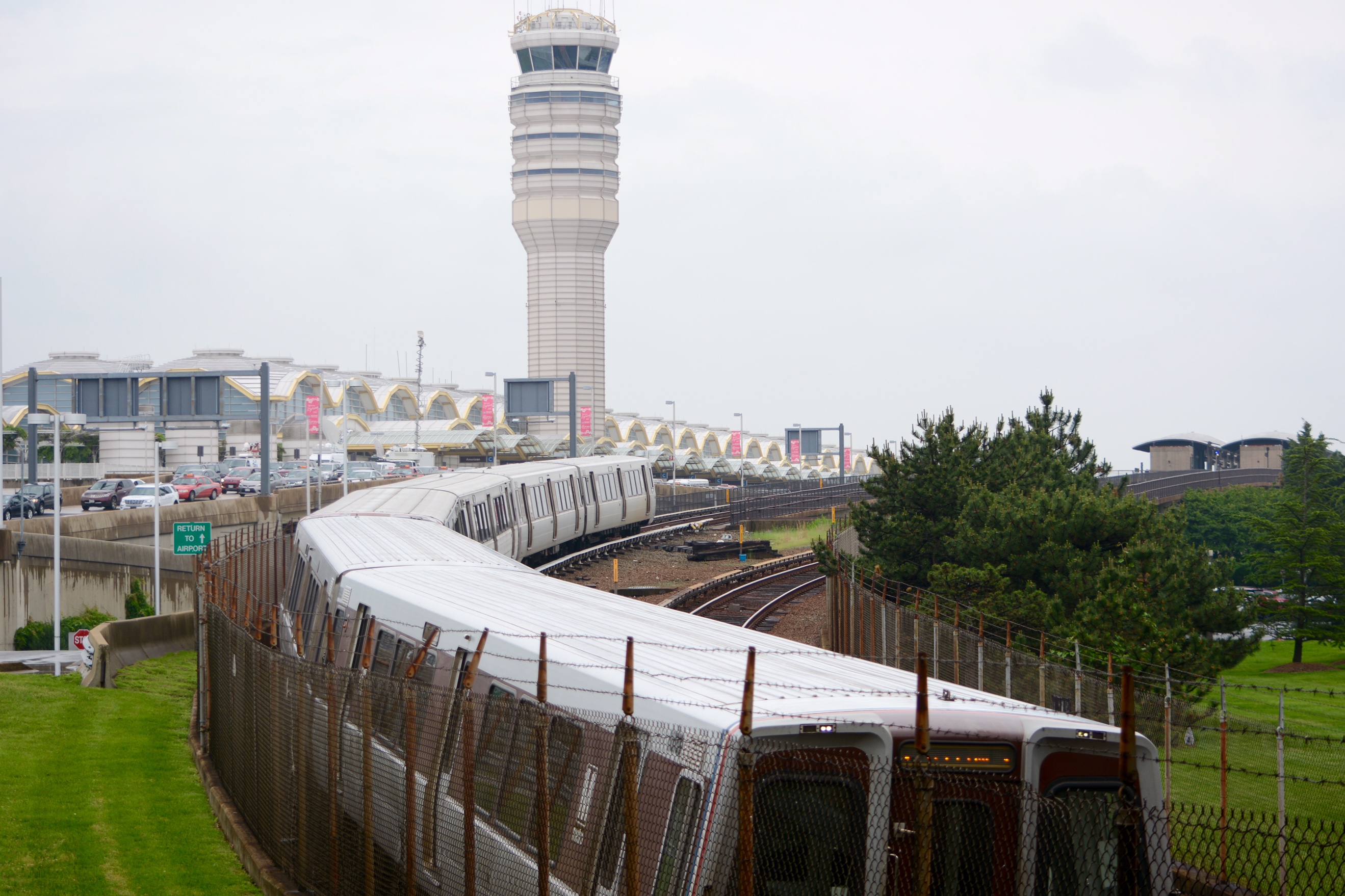WASHINGTON — Track maintenance standards have not been consistently followed and worker safety rules have not always been a focus during the initial phases of Metro’s round-the-clock track work, the Federal Transit Administration said Thursday.
The FTA released a summary found by its independent safety inspectors, who conducted a study during the first two track work zones — June 4 to 16 and June 18 to July 3. The FTA provided more details about the finding to WTOP.
Twenty-seven inspections noted 109 instances where there was a deviation from safety standards or procedures. The inspectors outlined 88 remedial actions. Thirty-four of those actions are open, which means the FTA has not verified the changes that have been made.
While the FTA notes that remedial actions can be as basic as replacing light bulbs that are not working, an agency spokesperson said the issues identified during the work zone inspections go further than that.
They include “failure to comply with roadway worker protection rules, inconsistencies in following track maintenance standards and lack of procedures to ensure metal banding debris is not placed next to the electrified third rail.”
The FTA said it has conducted more than 200 inspections of various parts of the Metro system since last fall. These inspections led to the direction of 749 remedial actions, of which 600 are classified as open.
The vast majority of issues found during inspections are tied to the tracks. The second largest number of remedial actions has been ordered in connection with the troubled traction power system.
Track work progress
Some track work scheduled for the most recently completed Metro shutdown was not done because it could not be done when the Blue and Yellow lines were scheduled to be shut down.
Andy Off, who is responsible for rail operations, said some of the issues during the shutdown between Braddock Road and Reagan National Airport from July 5 to 11 had to do with the searing heat’s impact on workers and the metal rails.
“When you’re doing ties, and you untie the rail, the rail has a tendency to jump and kick on you, so we had to change our methodology on changing every tenth tie instead of every fourth, which was our original plan,” he told the Metro board’s Customer Service, Operations and Security Committee.
While Metro was able to get to those ties, Off said planned work on grout pads outside of Reagan National Airport station was put off because it would not have been completed before the end of the shutdown. That work, on the pads to which the tracks are attached, will be rescheduled.
Off said Metro crews are making “good progress” on the current work zone, and crews are happy to be working in the tunnel around Crystal City rather than outside in the searing sun.
Two Metro contractors and one Metro employee had heat exhaustion or related issues, Off said. All three have since returned to work.
Issues following Surge 2
When Blue, Orange and Silver line riders faced delays through the second work zone area near Stadium-Armory, they had lots of questions.
Off acknowledged that while one switch problem appeared to be unrelated to the work, a second problem was directly related to equipment that was worked on during the surge but was not ready to handle traffic.
“We certainly have had some quality challenges when we turn the work back over,” he said.
That switch problem has been fixed.
“So we certainly need to tighten up on some of the quality control aspects,” Off said.
Metro has a new quality assurance group that reports directly to General Manager Paul Wiedefeld.






